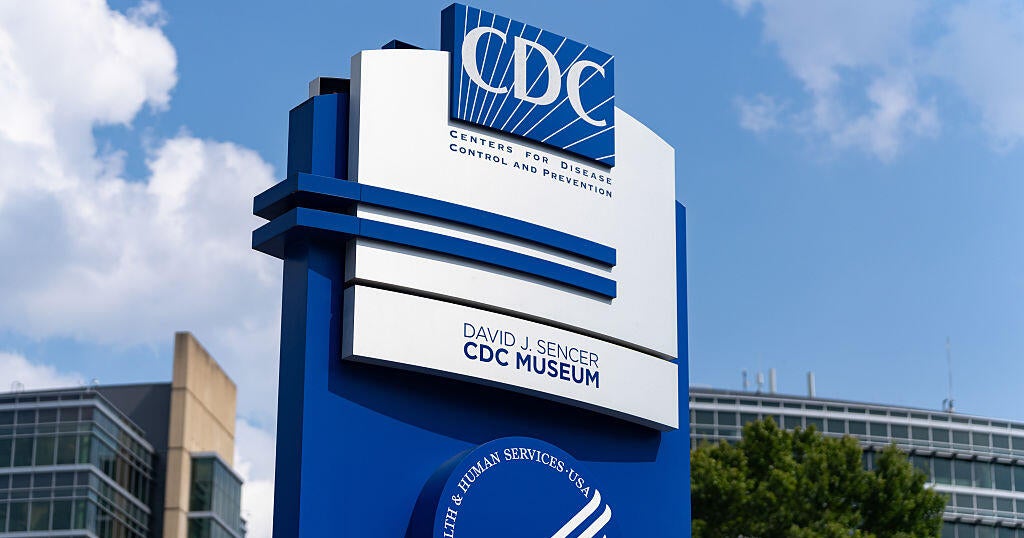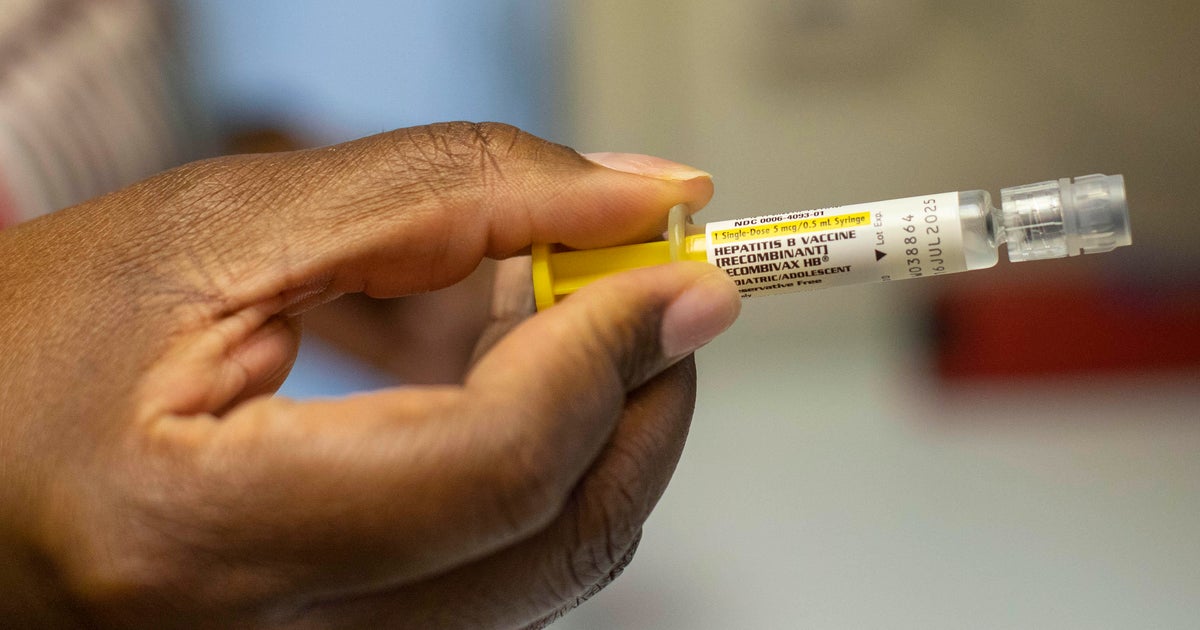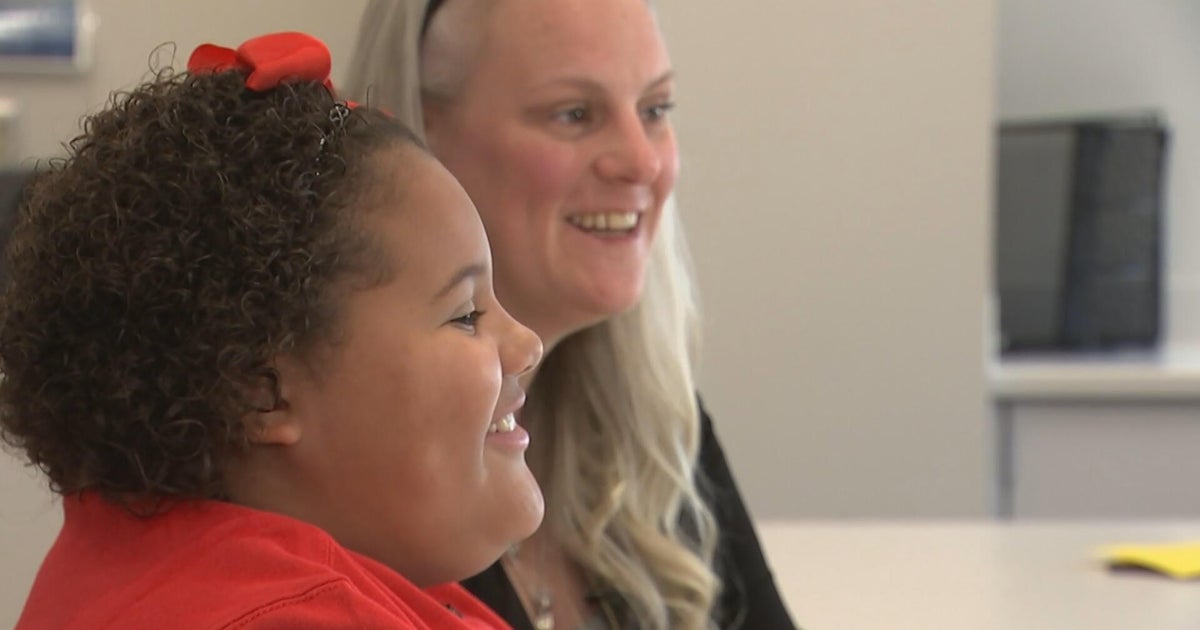Nearly 1 in 10 U.S. children have been diagnosed with a developmental disability, CDC reports
The share of American children who have ever been diagnosed with a developmental disability increased again in 2021, according to a new report from the Centers for Disease Control and Prevention, and now more than 1 in 10 boys have had an intellectual disability, autism spectrum disorder or another developmental delay.
Among kids ages 3 to 17 years old, 8.56% have ever been diagnosed with any developmental disability as of 2021, according to the latest results from the agency's ongoing National Health Interview Survey.
"We're interested in understanding the prevalence of these conditions in the population so that we can make sure we have adequate services available for families and children who need them," said Benjamin Zablotsky, a statistician for the CDC's National Center for Health Statistics and lead author of the new report.
A previous report, examining trends from 2009 to 2017, found increases were driven largely by more diagnoses of ADHD, autism and intellectual disability.
Thursday's report is the first since then released by the center focusing on this topic.
From 2019 to 2021, rates of intellectual disability or autism spectrum disorder did not increase by a statistically significant amount. The report found 1.65% of children had an intellectual disability and 3.05% had autism.
The only category that increased significantly was parents reporting having been told their child had an "other developmental delay" — a grouping that can include a range of other issues, like cerebral palsy or struggles forming words. That group increased from 5.08% of kids in 2019 to 6.06% in 2021.
"A lot of times developmental delays might be temporary diagnoses that evolve into something like autism, potentially, or intellectual disability. But also a lot of times children do age out of those," said Zablotsky.
Previous questions focusing on the specific prevalence of some less common conditions, like cerebral palsy, have been dropped from the survey effort.
"When we are deciding what questions to include in the survey, if you don't get enough of a sample back, meaning the prevalence is pretty low, you can't then look at any estimates in subgroups because they're unreliable, and our center does not want to release estimates we can't stand behind," said Zablotsky.
Rates of developmental disabilities remained significantly lower in girls, at 5.31%, compared to boys, at 10.76%.
Asian children were least likely to be diagnosed with any developmental disability, at 4.85% of kids in this group. There were no significant differences between Hispanic, Black and White children.
A sign of progress?
Rates of developmental disabilities in American children have been climbing for years, mirroring increases seen in other countries now diagnosing more children with delays.
"It's been a constant increase, it seems, with these national surveys, every time they measure it, it seems to go up," said Maureen Durkin, chair of University of Wisconsin-Madison's Department of Population Health Sciences.
Durkin authored a commentary in 2019, after earlier NCHS estimates tracked an increase from 2009 to 2017, pointing to improvements in diagnosing children and helping them live longer.
"In that sense, it could be a sign of progress, and a good thing. But it still opens up an entire agenda of things we need to do to prevent disability and improve outcomes overall," said Durkin.
She cited increases in the life expectancy for children with conditions like Down syndrome, as well as improvements to care for newborns. Services and outreach for diagnoses and treatment have also ramped up in recent decades, combined with universal screening efforts by doctors and health authorities.
The CDC has urged parents to "Learn the Signs" and "Act Early" for tracking whether children are reaching key milestones in their development, in hopes of encouraging early interventions that can improve the odds of children overcoming developmental delays.
White children also no longer have the highest rate of autism diagnoses, among all race and ethnicity groups — a change from the NCHS estimates for 2016. Rates were highest in Black children for 2021, with no significant difference between any group of race or ethnicity.
"There's been an almost sea change in that in the last decade," said Durkin, who is also a primary investigator for the CDC's Autism Disabilities Monitoring Network in Wisconsin.
That group recently found that autism prevalence has been lower in White children, across their network of health and school records in several communities, compared to Black, Hispanic and Asian or Pacific Islander children.
"For every time before there was this persistent disparity, with higher prevalence in White children, and in high socioeconomic status communities, which is unlike any other disability," said Durkin.
Durkin said families in poorer and disadvantaged communities face a range of risk factors for developmental disabilities, like preterm birth and lead poisoning.
"It makes sense that there is higher prevalence, and points to things we could do to prevent it. But for a while, I think we were under-identifying autism," said Durkin.







